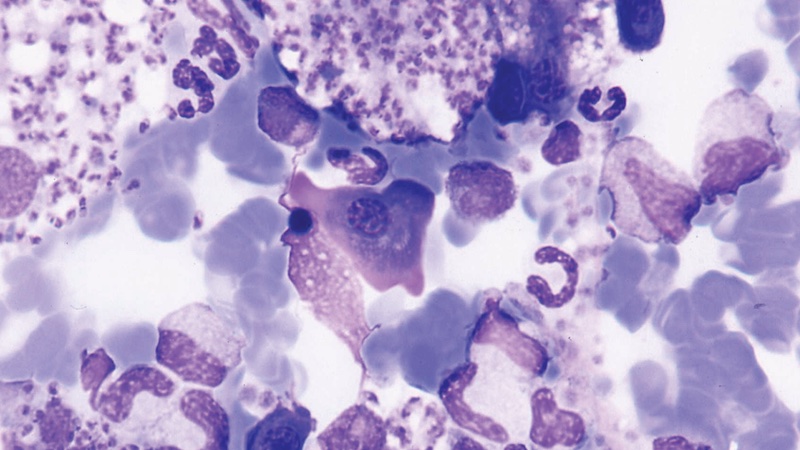Leishmania: case management and UK transmission
Leishmania are vector-borne protozoan parasites that cause a wide range of clinical disease (leishmaniosis). Leishmania infantum is the species mainly causing leishmaniosis in European cats and dogs, and has zoonotic potential. Sandflies are the principal vector of transmission, but non-vectorial routes such as venereal, transplacental and blood transfusion have been described. There is no gold-standard diagnostic test, so leishmaniosis is diagnosed using a combination of methods alongside relevant clinical signs. Early diagnosis is essential for assessing prognosis, successfully managing the disease and minimising transmission. This article discusses the epidemiology, diagnosis and management of leishmaniosis in dogs and cats, and the risk of it becoming established in the UK.
Ian Wright -
